For the past few years we have reported on the shifting consciousness of gardeners toward an embrace of nature. We've covered the impact of all things digital in our lives. Furthermore, we've discussed the transparency in how the things that we put into our gardens are made. We've also talked about the recognition of the need for sustainability in a world of finite resources.
In 2019 the biggest trend in the gardening world is letting nature nurture us. We’re increasingly aware of how plants and gardening enhance our lives. While also connecting us to something both ancient and modern–the rhythm of the natural world. This is only the beginning of sea of change in how we view ourselves in relation to the natural world. As gardeners, we do our part to protect it.
Other trends speak to the growing pressures of too little space to garden. As well as too little time in which to do it. On the brighter side, we see lots of exciting things happening at garden centers. With breeders producing more and more plants that thrive even as the climate is changing. Look for more interest in woodland gardens, bright colors, and the return of all-green gardens. More of us (74% of all households) are taking up trowels. Even as 68% of Americans have either quit or taken a break from social media, according to Pew Research Center. Interesting times!
THE CONSIDERED GARDEN
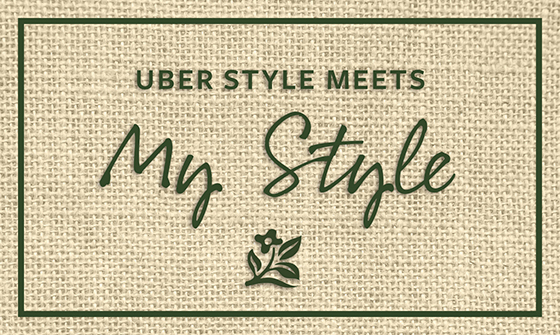
“This is part of the same“I care” sustainability, handcrafted, experiential, and authenticity vibe that’s propelling brands across consumer categories.”
This trend is part of the same “I care” sustainability, hand-crafted, experiential, and authenticity vibe. Therefore, propelling brands across consumer categories from fashion to food. Materials, not “materialism” are the watchwords here as gardeners increasingly choose with great care what to introduce into their gardens. This is based partly on the way plants are sourced and grown.
This is leading to gardens that are less about the uber-stylized “garden rooms” of the aughts. It's more about personalized spaces that feel like a sanctuary in a busy and often difficult world. From small urban spaces to estate sized landscapes, this is garden style with a capital "S". These contain lots of locally sourced, global-travel-found, and custom made elements that have meaning.
Studies confirm that consumers want to feel good about brands. Look for the garden trade to further connect with their customers. Having added transparency about their supply chain, production methods, and corporate values.
ARCHITECTURE RULES
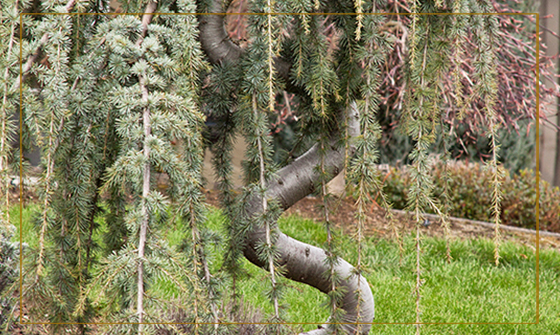
“Designers are using plants with
intriguing, often formal, shapes, forms,
textures, and branching habits in otherwise naturalistic gardens.”
After decades of informal billowing meadows and cottage borders, studies are overwhelmingly considered to “have visual appeal and restorative potential”. We’re seeing designers use plants with intriguing, often formal, shapes, forms, textures, and branching habits in these otherwise naturalistic gardens. The result is a delightful yin-yang sort of effect.
This aesthetic appears to be one of the drivers for increased demand in many plants. It's popular with swirling topiaries, weeping trees, cascading camellias, espaliered fruit trees, and layered Japanese maples. Also, with spiky perennials like lupines, salvia, and iris. With so many gardening in smaller spaces or containers, each and every plant needs ample oomph to make the cut.
DESPERATELY SEEKING SEASON

“With seasonal change now less distinct and predictable, gardens that dramatically, graphically evolve over the seasons are becoming even more prized.”
With seasonal change now less distinct and predictable with longer summers and shorter winters. Gardens that dramatically, graphically evolve over the seasons are becoming even more prized. For example, plants displaying a stark winter beauty (form, bark, or color). Also, those with high contrast to leafy spring have become highly sought after.
The second is a demand curve that's off the charts for plants. It does more for the longer duration of our warm weather (hydrangeas, roses, lilacs, and other flowering shrubs that rebloom). These trends may seem contradictory. However, both are simply reflections of a changing climate that we addressed in our 2017 trends report.
DO IT FOR ME!
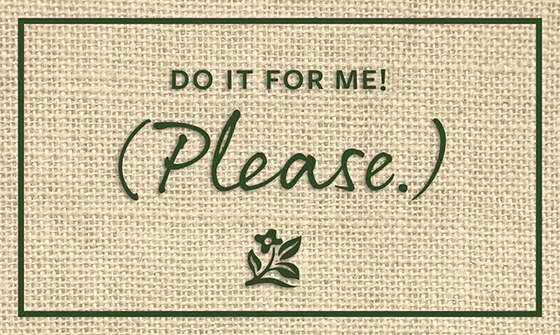
“Not everyone is a “gardener,” but trends show that many are finding that a beautiful garden installed and managed by someone else is worth every dime.”
The top trend in gardening is, well, more gardening (building on last year’s big numbers). Despite this, consumer research has identified a growing segment of “Do It for Me” homeowners. This group wants the beauty and seasonal rhythm of a landscaped space, but don’t have the time or skills. (Even “easy care” plants like Seaside Serenade® hydrangeas still need care!)
40% of Americans with a yard turned to pros in 2017. The findings of this important study of 6,000 participants by the National Academy of Sciences came out with this conclusion. That spending about $100 to $200 per month outsourcing tasks such as garden-care increased life satisfaction by more than 40%. The American Society of Landscape Architects (ASLA) forecasts a boom year in 2019.
Not everyone is a “gardener.” However, many are finding that a beautiful garden installed and managed by someone is worth every dime. And no matter how they get made, the world is a better place with more gardens.
WORKING OVERTIME
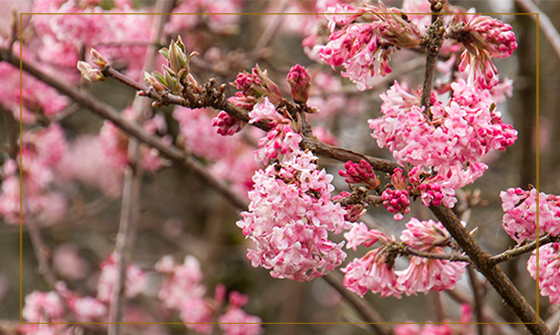
“With space and time at a premium, consumers are snapping up plants that do double or even triple duty in the landscape.”
It used to be that a simple hedge would fit the bill. However, with home lots getting smaller and with less time for gardening, consumers are snapping up “one and done” plants. These plants do double or even triple duty in the landscape. Also in play here is mindfulness about plants for attracting wildlife, growing food, and creating more overall green space.
This translates to big demand for plants that flower. Plus fruit + have great fall foliage, waterwise + feed birds + provide privacy, native + provide winter interest + fragrant, etc. And then, of course, there are the bragging rights! Plant breeders continue to push the limits of what a plant can do. Expect to see more of these multipliers.
ONE STOP GARDEN SHOP
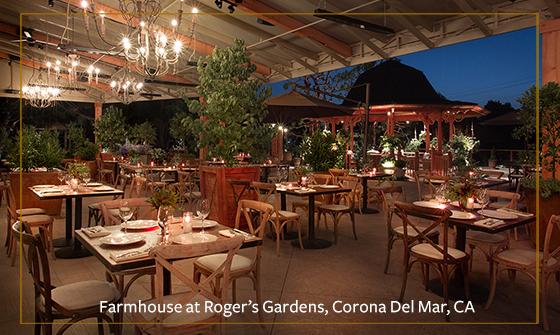
“Coast-to-coast we’re seeing garden centers, large and small, upping their game to become must-see destinations.”
Could garden centers become the new Starbucks?
From coast-to-coast we’re seeing garden centers, large and small. They're upping their game to become destinations where you can not only shop for plants, but also buy groceries. Places to attend onsite yoga classes, get a beauty treatment, and dine at a farm to table cafe. Where you can bring a laptop and do some work, get a staff-led tour, or pick up home-brewed compost tea. You can now drop off the kids for a workshop and absorb the sensory experience of being surrounded by nature.
There's an immediate sense of community and of improving customers’ quality of life through plants. This is being created at these cutting edge garden centers and is being rewarded by consumers.
INTO THE WOODS

“Woodland gardens bring a welcome sense of organic zen especially in dense urban areas where they can help to mitigate the effects of pollution.”
Cool, mossy, and damp, small space woodland gardens bring a sense of organic zen and a respite from digital overload. Especially in dense urban areas where they can help to mitigate the effects of pollution. It's like bringing "forest bathing" to the city. With mixes of ferns, mosses, coral bells, Hostas, and Anemones in high contrast, almost unnatural, places. A garden style that's gaining ground. We’ve tracked a marked increase in consumer demand for all types of woodland plants. Over the last three years, there have been no signs of slowing down. (Look for new coral bells in 2019–they’re hot!)
4 MICRO TRENDS WE'RE KEEPING AN EYE ON
Colors are turning to brighter side—polarizing even (case in point is Pantone’s choice of the color coral for 2019).
Interest in online gardening videos has created a demand for the return of televised gardening programming. You heard it here first!
Sneak peek into our crystal ball? Look for all-green gardens (yes, they’re coming back) to take root over the next several years.
Even if it's three plants in a pot or the no-man's land in the sidewalk. An urban garden is as prized as any estate landscape.




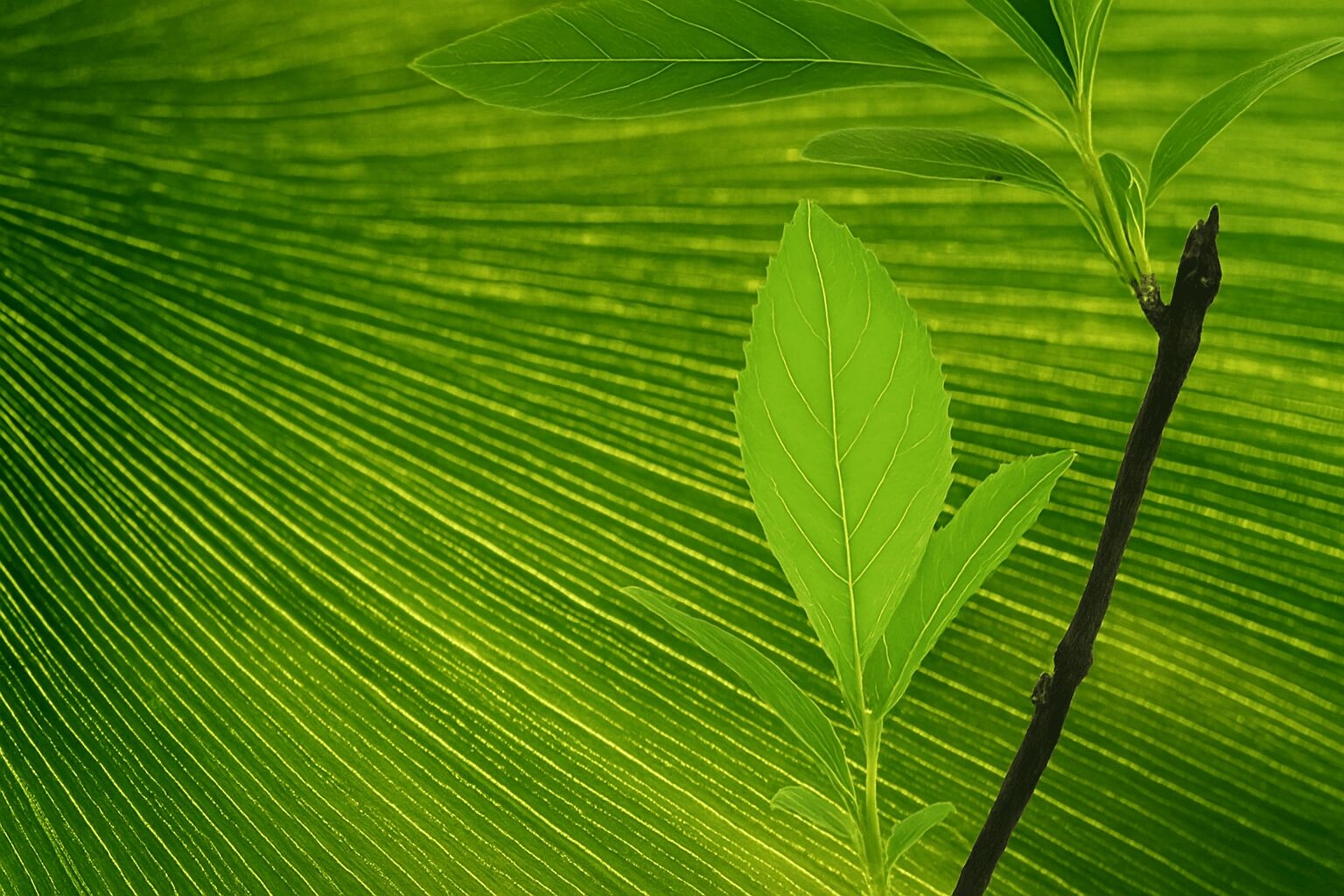
Please login to comment.
Don't have an account?
Sign Up for free